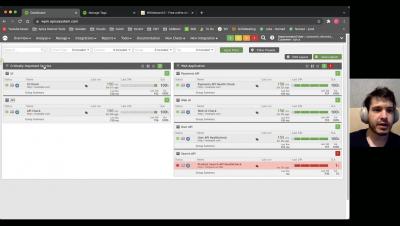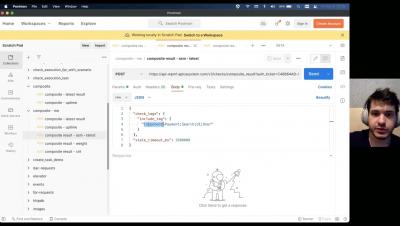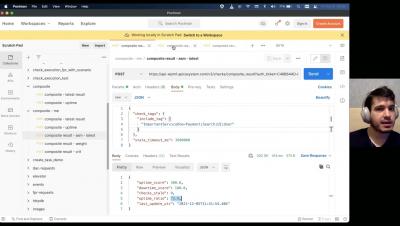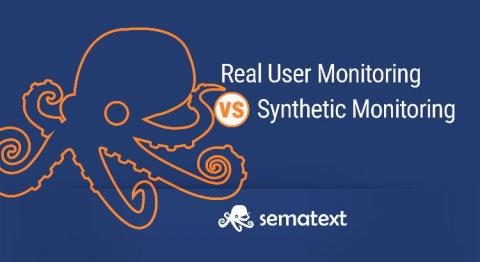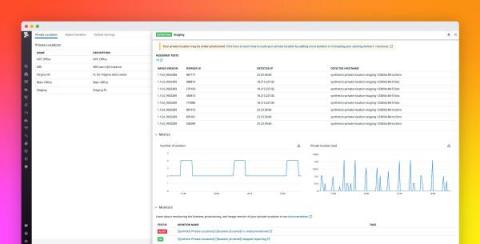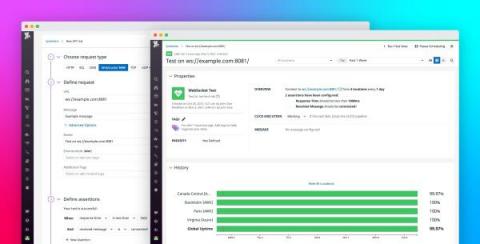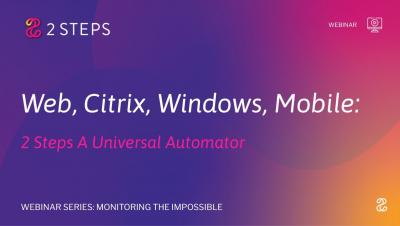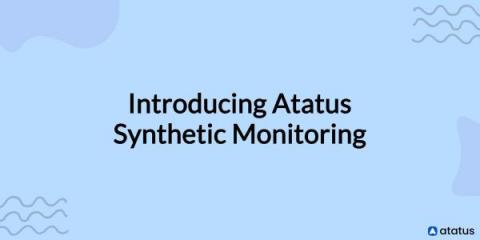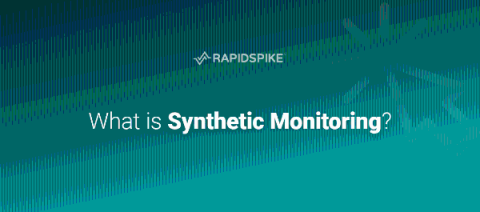Operations | Monitoring | ITSM | DevOps | Cloud
Synthetics
Business Composite Checks Part 3 - The Basics
Business Composite Checks Part 4 - Beyond the Basics: Adding Weights
Real User Monitoring (RUM) vs. Synthetic Monitoring Comparison
Three seconds is all it takes before your customer decides to leave. Would you imagine that! The audacity of some people! But, can you really blame them? We live in a fast-paced world. Wasting people’s time is worse than wasting their money. Developers are striving to provide value in as short of time as possible. Just as I am now writing this tutorial. I’m adamant about not wasting your time but providing you with concrete info for you to learn something new.
Monitor your Synthetic private locations with Datadog
Datadog Synthetic private locations play a key role in your organization’s test infrastructure by serving as highly customizable points of presence (e.g., data centers, geographic locations) for running synthetic tests on internal services. You can deploy private locations using the orchestrator of your choice, enabling you to seamlessly roll them out and scale them with the rest of your container fleet.
Run UDP and WebSocket API tests to monitor latency-critical applications
Datadog Synthetic Monitoring allows you to proactively monitor your applications so that you can detect, troubleshoot, and resolve any availability or performance issues before they impact your end users. With our API test suite, you can send simulated HTTP requests to your API endpoints, check the validity of SSL certificates, verify the performance and correctness of DNS resolutions, test TCP connections, and ping endpoints to detect server connectivity issues.
Synthetic Testing and Real User Monitoring
Web, Citrix, Windows, Mobile:2 Steps A Universal Automator
Introducing Atatus Synthetic Monitoring
A high-performance customer experience might spell the difference between business success and failure in today's always-on, competitive digital economy. However, in today's complex application environment, ensuring optimal performance across digital services and applications has become increasingly difficult. As a result, application performance management (APM) must adapt to provide real-time visibility into the application landscape and to reveal precisely what is affecting user experiences.
What is Synthetic Monitoring?
Synthetic monitoring is automated testing of critical business transactions and user experiences. Synthetic monitoring helps businesses find, fix and prevent availability issues, performance issues and 3rd party vendors from giving you an insight into performance improvements that you can make to your website and supply chain to improve conversions and user happiness. Synthetic monitoring is also sometimes called user journey monitoring.


